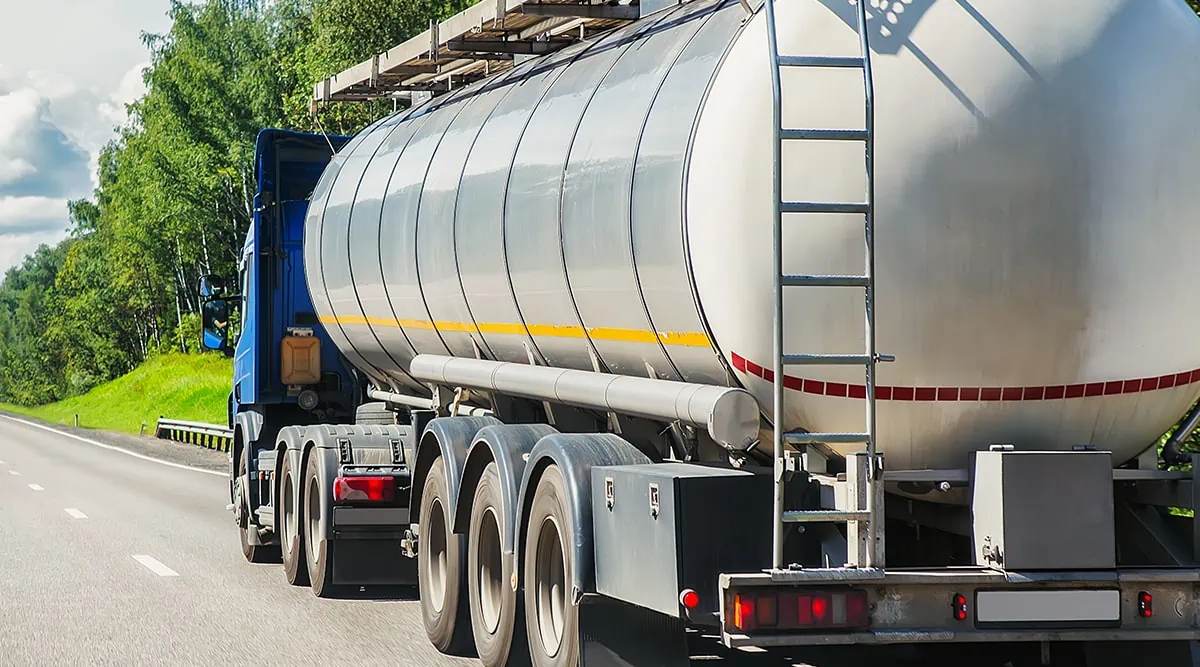Reclaim Waste for Beginners
Reclaim Waste for Beginners
Blog Article
Some Ideas on Reclaim Waste You Should Know
Table of ContentsThe Ultimate Guide To Reclaim WasteReclaim Waste Can Be Fun For EveryoneReclaim Waste - An OverviewHow Reclaim Waste can Save You Time, Stress, and Money.The Single Strategy To Use For Reclaim Waste
Check out the kinds, events, and kinds of fluid waste. Residential sewer waste describes the waste and items from a residential septic system. This type of waste is created by humans in residences, institutions, and various other structures. This only consists of septic tanks that have a drain field. The appropriate monitoring and disposal of domestic sewage waste call for fluid waste to be moved to a sewer therapy plant where the correct approaches and devices are used to cleanse and take care of waste.
Industrial waste usually consists of prospective dangers, such as combustible materials or a mix of fluid and strong waste items, and requires a much more advanced and thorough disposal procedure. The disposal of business waste usually entails the filtration of waste prior to transportation to guarantee risk-free and appropriate disposal. Hazardous waste is created from results and drainage of industrial processes and production.
This kind of waste can not utilize the exact same sewer management transport or procedures as septic or industrial liquids. The industrial waste management process requires the assessment and screening of fluid waste prior to it undertakes the disposal process (industrial wastewater treatment). Drainage waste is the fluid waste that originates from drainage and excess stormwater in extremely populated locations or cities
Drainage waste can trigger contamination and flooding if not dealt with correctly. Guaranteeing proper waste monitoring can stop calamities and minimize ecological harm.
Reclaim Waste Can Be Fun For Everyone
Contact PROS Solutions today to find out about our waste administration and disposal services and the proper methods to care for the fluid waste you produce.
(https://blogfreely.net/reclaimwaste1/yc311a58b1)This supposed 'wastewater' is not just an essential source yet, after treatment, will certainly be released to our land, waterways or the sea. Made use of water from toilets, showers, bathrooms, cooking area sinks, laundries and commercial processes is understood as wastewater.

water used to cool equipment or tidy plant and equipment). Stormwater, a form of wastewater, is runoff that moves from agricultural and metropolitan areas such as roof coverings, parks, yards, roads, courses and seamless gutters into stormwater drains, after rain. Stormwater moves neglected directly to neighborhood creeks or rivers, at some point reaching the sea.
Reclaim Waste - Questions
In Queensland, many wastewater is treated at sewage therapy plants. Wastewater is delivered from residential or commercial websites with a system of sewers and pump stations, referred to as sewage reticulation, to a sewage treatment plant. Local governments build, maintain and operate most sewage therapy plants. Operators are accredited under the Environmental Management Act 1994 to release cured wastewater at an appropriate environmental requirement into rivers.
The Division of Natural Resources suggests city governments regarding handling, operating and keeping sewage systems and therapy plants. In unsewered locations, city governments might call for homeowners to mount individual or home sewer therapy systems to deal with domestic wastewater from commodes, cooking areas, restrooms and laundries. The Division of Natural Resources authorizes the usage of family systems when they are confirmed to be efficient.
In some new subdivisions, therapy of some stormwater to remove litter, sand and crushed rock has started utilizing gross contaminant traps. Wastewater treatment occurs in 4 phases: Removes solid issue.
Wastewater after that flows right into huge containers where solids work out and are gotten rid of as find sludge. Grease and scum are skimmed from the surface. Makes use of tiny living microorganisms referred to as micro-organisms to damage down and eliminate staying liquified wastes and fine bits. Micro-organisms and wastes are incorporated in the sludge. Gets rid of nitrogen and phosphorus nutrients that can trigger algal blooms in our waterways and threaten aquatic life.
Reclaim Waste - Truths
Nutrient removal is not readily available at all sewage treatment plants because it calls for expensive specialised equipment. Clear fluid effluent created after treatment may still have disease-causing micro-organisms - liquid waste removal melbourne.

This typically means wastewater has to be treated or impurities gotten rid of prior to it can be released to waterways. Many wastewater streams right into the sewerage system. Under the Act, city governments carry out approvals and licences for ecologically relevant tasks (ERAs) entailing wastewater launches that may have a local impact. The division administers authorizations and licences to Periods involving wastewater releases that may have a regional or statewide effect.
More About Reclaim Waste
Otherwise, samples are considered laboratory analysis. Often numerous tests are required to establish the levels of each of the different pollutants such as oils, heavy steels and chemicals in water. Surveillance gives factual information concerning water high quality and can validate that permit problems are being satisfied. The information acquired through surveillance offers the basis for making water top quality choices.
Report this page